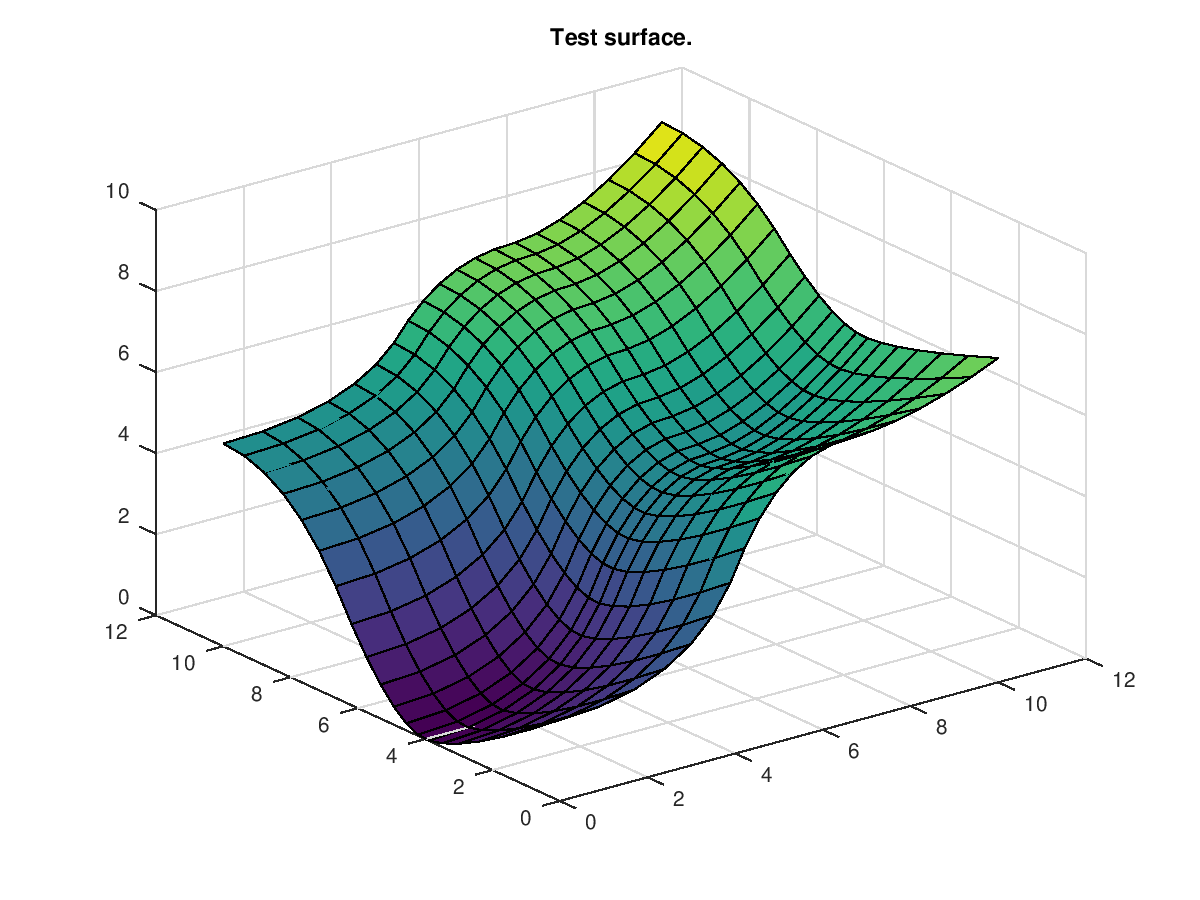NRBEVAL: Evaluate a NURBS at parametric points.
Calling Sequences:
[p,w] = nrbeval(crv,ut)
[p,w] = nrbeval(srf,{ut,vt})
[p,w] = nrbeval(vol,{ut,vt,wt})
[p,w] = nrbeval(srf,pts)
INPUT:
crv : NURBS curve, see nrbmak.
srf : NURBS surface, see nrbmak.
vol : NURBS volume, see nrbmak.
ut : Parametric evaluation points along U direction.
vt : Parametric evaluation points along V direction.
wt : Parametric evaluation points along W direction.
pts : Array of scattered points in parametric domain
OUTPUT:
p : Evaluated points on the NURBS curve, surface or volume as
Cartesian coordinates (x,y,z). If w is included on the lhs argument
list the points are returned as homogeneous coordinates (wx,wy,wz).
w : Weights of the homogeneous coordinates of the evaluated
points. Note inclusion of this argument changes the type
of coordinates returned in p (see above).
Description:
Evaluation of NURBS curves, surfaces or volume at parametric points along
the U, V and W directions. Either homogeneous coordinates are returned
if the weights are requested in the lhs arguments, or as Cartesian coordinates.
This function utilises the 'C' interface bspeval.
Examples:
Evaluate the NURBS circle at twenty points from 0.0 to 1.0
nrb = nrbcirc;
ut = linspace(0.0,1.0,20);
p = nrbeval(nrb,ut);
See also:
bspeval
Copyright (C) 2000 Mark Spink
Copyright (C) 2010 Carlo de Falco
Copyright (C) 2010, 2011, 2015 Rafael Vazquez
This program is free software: you can redistribute it and/or modify
it under the terms of the GNU General Public License as published by
the Free Software Foundation, either version 3 of the License, or
(at your option) any later version.
Demonstration 1
The following code
srf = nrbtestsrf;
p = nrbeval(srf,{linspace(0.0,1.0,20) linspace(0.0,1.0,20)});
h = surf(squeeze(p(1,:,:)),squeeze(p(2,:,:)),squeeze(p(3,:,:)));
title('Test surface.');
hold off
Produces the following figure
| Figure 1 |
|---|
 |
Package: nurbs